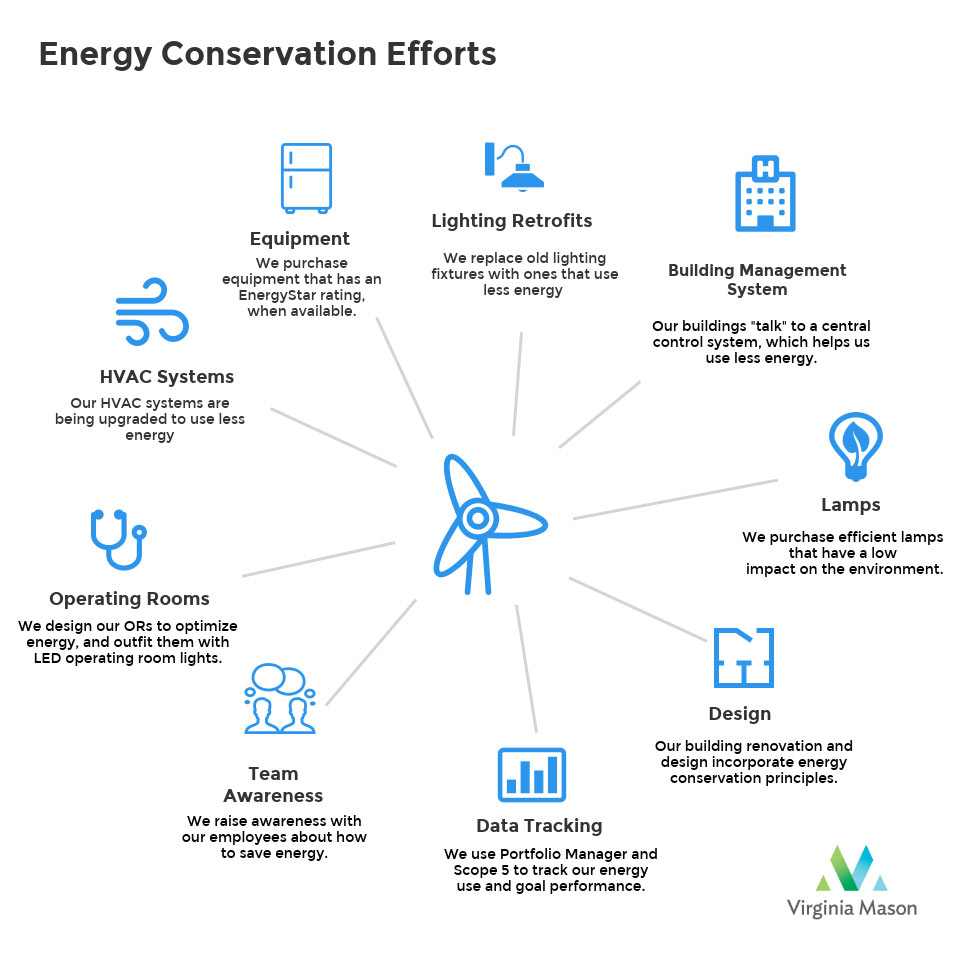🕑 Reading time: 1 minute
Green hospital construction includes the implementation of specific tools and processes for the construction and operation of a hospital in an eco-friendly and sustainable manner. As a hospital is an essential part of any community, the application of green practices across all hospital operations can have a significant impact on the society.
The green terminology can be implemented for hospital construction as well as its operations upon completion. This article describes some essential practices for green hospital construction.
Contents:
- LEED Certification for Hospitals
- Tips for Green Hospital Construction
- 1. Site Selection for Hospital Construction
- 2. Avoiding Parking Lots
- 3. Arrange Interiors to Receive Sufficient Sunlight
- 4. Raising Green Roof for Hospital Construction
- 5. Automation for Green Hospital Construction
- 5. Green Materials for Hospital Construction
- 6. Maintain a Clean Construction Site
- 7. Use of Energy-Efficient Systems
- Frequently Asked Questions
LEED Certification for Hospitals
Leadership in Energy and Environmental Design (LEED) certification is one way to demonstrate adherence to green construction standards. In the United States, around 300 hospitals and healthcare facilities have earned or are in the process of achieving LEED Certification (As per U.S. Green Building Council (USGBC)).

Tips for Green Hospital Construction
There are a few steps to be followed for the construction of a hospital in a green and sustainable manner.
- Location of hospital
- Avoiding employee parking lots
- Design interiors to receive daylight
- Raising green roof for hospital construction
- Automation
- Green materials for hospital construction
- Maintaining a clean site
- Use of energy-efficient systems
1. Site Selection for Hospital Construction
Select a land area that is not located in the middle of the wetlands, on the top of landfills, chemical dumps, or farmlands.
Select a site that is easily accessible by public transit. Access to public transportation can facilitate both the staff and patients visiting the hospital. Due to this, there is an improved community presence and reduction in carbon footprint.
2. Avoiding Parking Lots
Parking space for the hospital employees requires a large area of hot black asphalt platform, which contributes to high average global temperature. The objective is to focus on the use of local public transport systems like trains, buses, subways, and bike lanes.
3. Arrange Interiors to Receive Sufficient Sunlight
The interiors of the hospital rooms can be designed to receive sunshine from all directions except from southern exposure. Avoiding sun rays from the south can reduce excessive heating up of the room and cut down the use of cooling systems. This is an energy-efficient method to create a pleasant temperature inside the rooms without additional cooling systems.
The rooms can be installed with giant windows, which would allow the passage of sufficient light during the daytime. It reduces the need for electric lights, and also promotes the healing ability and mood of the patients.
Several other features like skylights, mirrors, and courtyards can be constructed to allow the entry of natural light inside the building.
4. Raising Green Roof for Hospital Construction
Most of the hospital facilities are large in area and can easily accommodate a green roof. The green roof facilitates the exchange of carbon dioxide and oxygen. Moreover, it has a calming effect on the visitors and patients.

5. Automation for Green Hospital Construction
Sustainability and energy efficiency for the hospital facility can be best achieved with automation. It requires automation for temperature control, air-flow, electric light, and the water supply system.
An automated system can sense the time of the day and people's movements to control the lighting inside the building. The application of automation is not only sustainable but also saves money and reduces power consumption.
5. Green Materials for Hospital Construction
There are several types of green materials that can be used for different parts of hospital construction. Some of the suggestions are:
- Rubber: Rubber is a renewable material that does not require harsh chemicals for cleaning and maintenance. Hence it is environmentally friendly and is, therefore, a favorable option for floors.
- Indigenous materials: Local and regional construction materials can be preferred to avoid additional transportation.
- Recycling: Try to set up a special unit to develop a recycling program for the chemical and toxic wastes from the laboratories.
6. Maintain a Clean Construction Site
A green construction site must be clean. Proper supervision and communication with the workers can help in achieving cleanliness. During construction, the contractor in charge should ensure that all the leftover materials like woods, rebars, drywalls, flooring materials, etc. are in good shape and workable.
7. Use of Energy-Efficient Systems
Some of the core energy systems used in green buildings include:
- Energy-efficient lighting systems
- Energy-efficient medical equipment
- Advanced renewable energy systems
- Promoting daylight exposure and natural ventilation
- Rainwater harvesting
- Operation of cooling towers performed by rainwater
- Super-insulated roofs
- High-efficiency windows

Frequently Asked Questions
Green hospital construction includes the implementation of specific tools and processes for the construction and operation of a hospital in an eco-friendly and sustainable manner. As a hospital is an essential part of any community, the application of green practices across all hospital operations can have a significant impact on the society.
The green terminology can be implemented for hospital construction as well as its operations upon completion. This article describes some essential practices for green hospital construction.
There are a few steps to be followed for the construction of a hospital in a green and sustainable manner.
Location of hospital
Avoiding employee parking lots
Design interiors to receive daylight
Raising green roof for hospital construction
Automation
Green materials for hospital construction
Maintaining a clean site
Use of energy-efficient systems
Some of the core energy systems used in green buildings include:
Energy-efficient lighting systems
Energy-efficient medical equipment
Advanced renewable energy systems
Promoting daylight exposure and natural ventilation
Rainwater harvesting
Operation of cooling towers performed by rainwater
Super-insulated roofs
High-efficiency windows
Read More:



